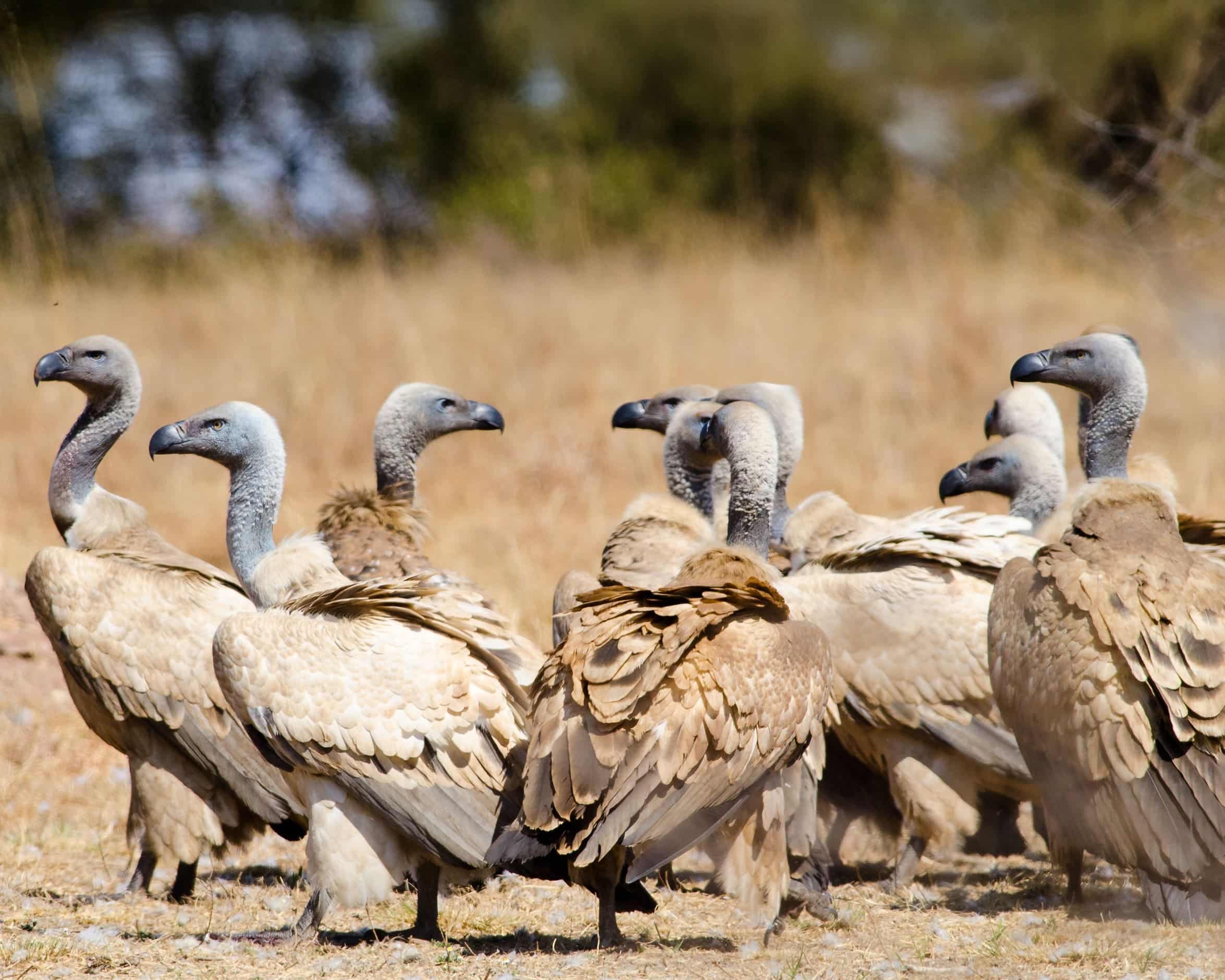How well do you know the Cape Vulture? It is one of South Africa’s most awe-inspiring – and endangered – avian giants. These feathered powerhouses are crucial to the ecosystem, yet many people know surprisingly little about them.
“Cape Vultures are absolutely fascinating once you get to know them,” says Didi Mahlo, field ranger at the Bothongo Rhino & Lion Nature Reserve. “They’re misunderstood and under-appreciated but watching them in the wild – especially during a feeding frenzy – changes your perspective completely.”
Here are five wild and wonderful facts about Cape Vultures, and why catching a glimpse of them at the Vulture Café should be on every wildlife lover’s bucket list:
They can fly higher than jet planes
Cape Vultures are expert thermal riders, using rising warm air currents to lift them effortlessly to extreme altitudes. These birds have been recorded flying at over 7 000 metres, which is higher than most commercial airplanes fly. From this vantage point, they can spot carcasses from kilometres away, proving just how perfectly adapted they are to life on the wing.
They keep our ecosystems in balance
Often mistaken for being gruesome or aggressive, vultures are among the most important members of the animal kingdom. Their highly acidic stomachs allow them to safely consume decaying meat teeming with dangerous bacteria like anthrax, rabies, and botulism – diseases that would devastate other animals and even humans. By cleaning up the remains of the dead, vultures help stop the spread of disease and keep our ecosystems in balance.
They’re huge!
These birds aren’t just big – they’re massive. With a wingspan reaching up to 2.6 metres, they glide with effortless grace. Weighing between 7 and 11 kilograms, they are the largest vultures in Southern Africa.
They’re social and smart
Cape Vultures don’t just live in flocks – they thrive in them. These birds nest, roost, and feed communally, often in the hundreds. They even rely on each other to spot food sources and alert the group with distinctive flight patterns. Watching them gather at the Vulture Café after a predator feeding is like witnessing nature’s own drama, full of intricate interactions, squabbles, and strategic moves as they compete for access to a meal.
They’re critically endangered
Despite their strength and intelligence, Cape Vultures are in crisis. They face major threats, including habitat loss, accidental poisoning, collisions with power lines, and a lack of safe nesting areas. Their populations are dwindling fast, placing them on the IUCN Red List as endangered. Places like the Bothongo Rhino & Lion Nature Reserve not only provide sanctuary but also raise critical awareness about the species through immersive education and eco-tourism experiences.
Where can you see these majestic creatures up close?
Located just 45 minutes from Johannesburg, you can see and learn more about the Cape Vulture at the Vulture Café.
“Seeing a Cape Vulture land just metres from you is something you don’t forget,” adds Didi. “It’s wild, it’s real, and it’s incredibly special. We’re proud to give people the chance to experience it safely and ethically.”
Visit www.rhinolion.co.za for opening times, predator feeding schedules, and hide access information.
Words: El Broide, The Platinum Club
Image: Supplied







